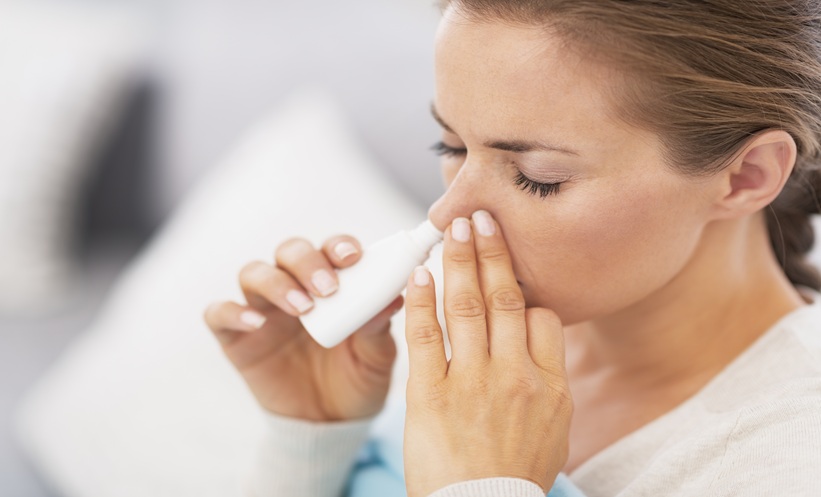AZELASTINE nasal spray reduced PCR-confirmed SARS-CoV-2 infections versus placebo in a Phase II randomized trial in adults.
Azelastine Nasal Spray in Preexposure Prophylaxis
Preexposure options for COVID-19 remain limited beyond vaccination, which supports evaluation of intranasal agents that act at the site of viral entry. In this Phase II, double-blind, placebo-controlled trial conducted at a single academic center, healthy adults were randomized to azelastine 0.1 percent or placebo, used three times daily for 56 days. Surveillance with twice-weekly rapid antigen tests was performed, and positives were confirmed by polymerase chain reaction testing. Symptomatic participants with negative rapid tests underwent multiplex polymerase chain reaction testing for other respiratory viruses.
Trial Design and Population
A total of 450 participants were enrolled and randomized, with 227 receiving azelastine and 223 receiving placebo. The cohort had a mean age of 33 years, and most participants were women. Study follow-up included scheduled testing and symptom monitoring, allowing detection of asymptomatic and symptomatic infections during the prevention window.
Efficacy Outcomes
In the intention-to-treat analysis, polymerase chain reaction-confirmed SARS-CoV-2 infection occurred less often with azelastine than with placebo, five of 227 participants versus 15 of 223 participants, which corresponded to an odds ratio of 0.31 with a 95% confidence interval from 0.11 to 0.87. Among infected participants, time to infection was longer with azelastine, with a mean of 31.2 days versus 19.5 days. The number of PCR-confirmed symptomatic infections was also lower with azelastine, 21 of 227 participants versus 49 of 223 participants. Fewer rhinovirus infections were detected in the azelastine group during follow-up.
Safety and Clinical Context
Adverse events were comparable between groups, which aligns with the established tolerability of azelastine used for allergic rhinitis. These data suggest a favorable risk profile for short-term preexposure prophylaxis when used as directed. Because the study was single center with a relatively young population, confirmation in larger multicenter trials would clarify generalizability and define the role alongside vaccination and other preventive strategies.
Practice Takeaway
For clinicians counseling patients who seek additional protection, azelastine nasal spray may offer a safe, accessible option to reduce SARS-CoV-2 infection risk during periods of exposure, pending validation in broader settings.
Reference: Lehr T, Meiser P, Selzer D, et al. Azelastine Nasal Spray for Prevention of SARS-CoV-2 Infections: A Phase 2 Randomized Clinical Trial. JAMA Intern Med. 2025;doi:10.1001/jamainternmed.2025.4283







